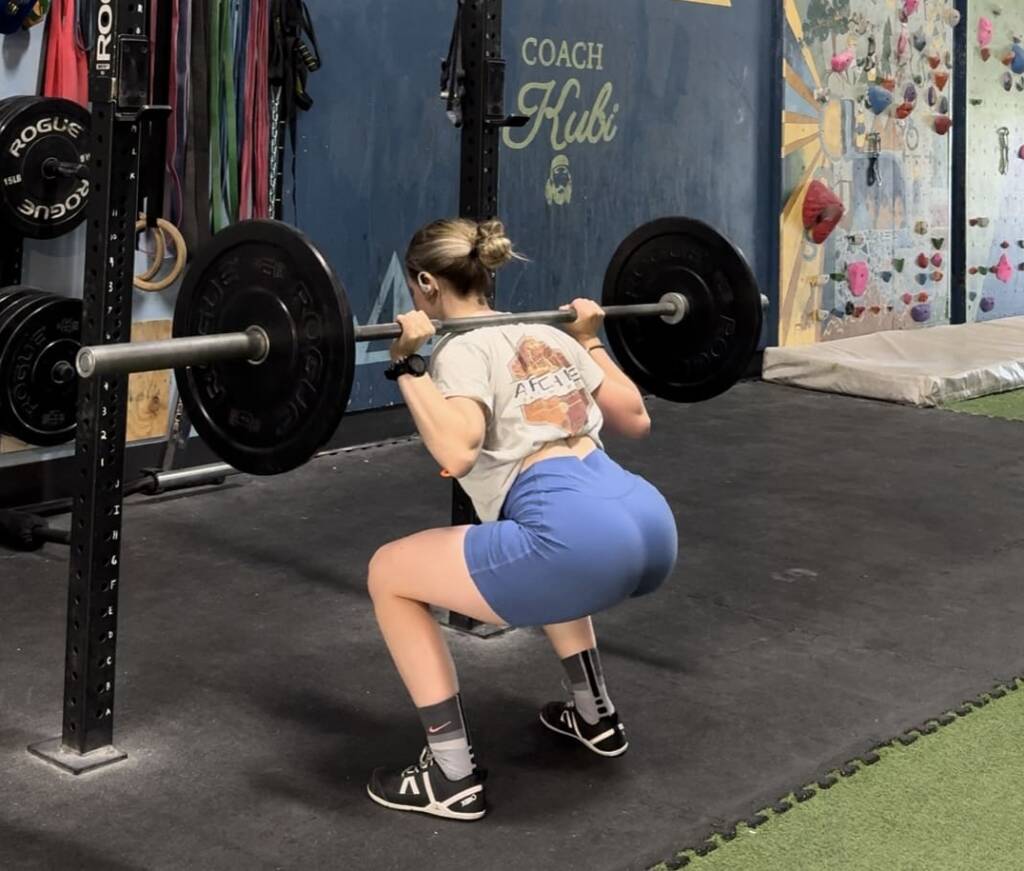As mountain athletes, we all love a good training plan — it gives us structure, goals, and a sense of progress. But what happens when real life throws us into situations our training didn’t quite prepare us for?
Recently, I took a snowboarding trip to Jackson Hole. If you’ve ever been, you know it can be an incredible and grueling day on the mountain there — steep terrain, variable conditions, and days packed with intense riding. I was feeling strong overall, but by day two, something became glaringly obvious: my knees and adductors were having a hard time keeping up.

It hit me — despite all the time I spent training hips, quads, glutes, and core, I’d neglected these key areas that are critical for dynamic, lower-body-intensive activities like snowboarding. My inner thighs and knees weren’t conditioned for the lateral forces and repetitive strain. I had a gap in my training, and my body made sure I knew it. Mountain Athletes learn quickly that the mountain demands respect, and training appropriately can make or break your day out there.
This trip was more than a wake-up call — it was a reminder that our bodies are always giving us feedback. The question is: are we listening?
The Value of Real-Life Feedback
Training in the gym is controlled. Life isn’t. Whether it’s a snowboard trip, a hike, a day at the crag, or even just an active weekend with friends — these real-world movements test your body in ways a typical program may not. When you start to notice patterns of fatigue, soreness, or tightness in certain areas, that’s your body asking for attention.
Adapting the Plan
Once I got home, I didn’t just return to my normal routine, I reevaluated it. I met with one of our Coaches here at Summit and we took time to do some movements and evaluate how to more effectively target those neglected muscle groups, such as:
-Single leg Movements: step-downs, and lateral lunges to build unilateral knee strength and control.
-Adductor-specific exercises: Copenhagen planks and sliding lunges.
– Mobility and activation: I’ve started prioritizing warm-ups that target those areas. The sled has been a game-changer.
Training Is a Living Thing
Your training plan should evolve with you. It’s not set in stone — or at least, it shouldn’t be. Therefore, the best programs are adaptive, responsive, and informed by your lived experience. It’s one thing to plan your workouts based on goals, but it’s just as important to update them based on feedback from your body. If you’re unsure what to do with that feedback, a Coach or Personal Trainer can be a great asset.
Mountain Athletes are adaptable

-Listen to your body. It’s smarter than you think.
-Pay attention to soreness and fatigue patterns. They’re not just discomfort — they’re data.
– Don’t be afraid to pivot. A smart athlete knows when to make changes. Train Smarter!
– Train for life, not just for the gym. The world is dynamic, your body should be ready for it.
That snowboarding trip humbled me in the best way. It showed me where my training was solid and where I had room to grow. That’s the beauty of movement: it’s always revealing new opportunities to get better.

